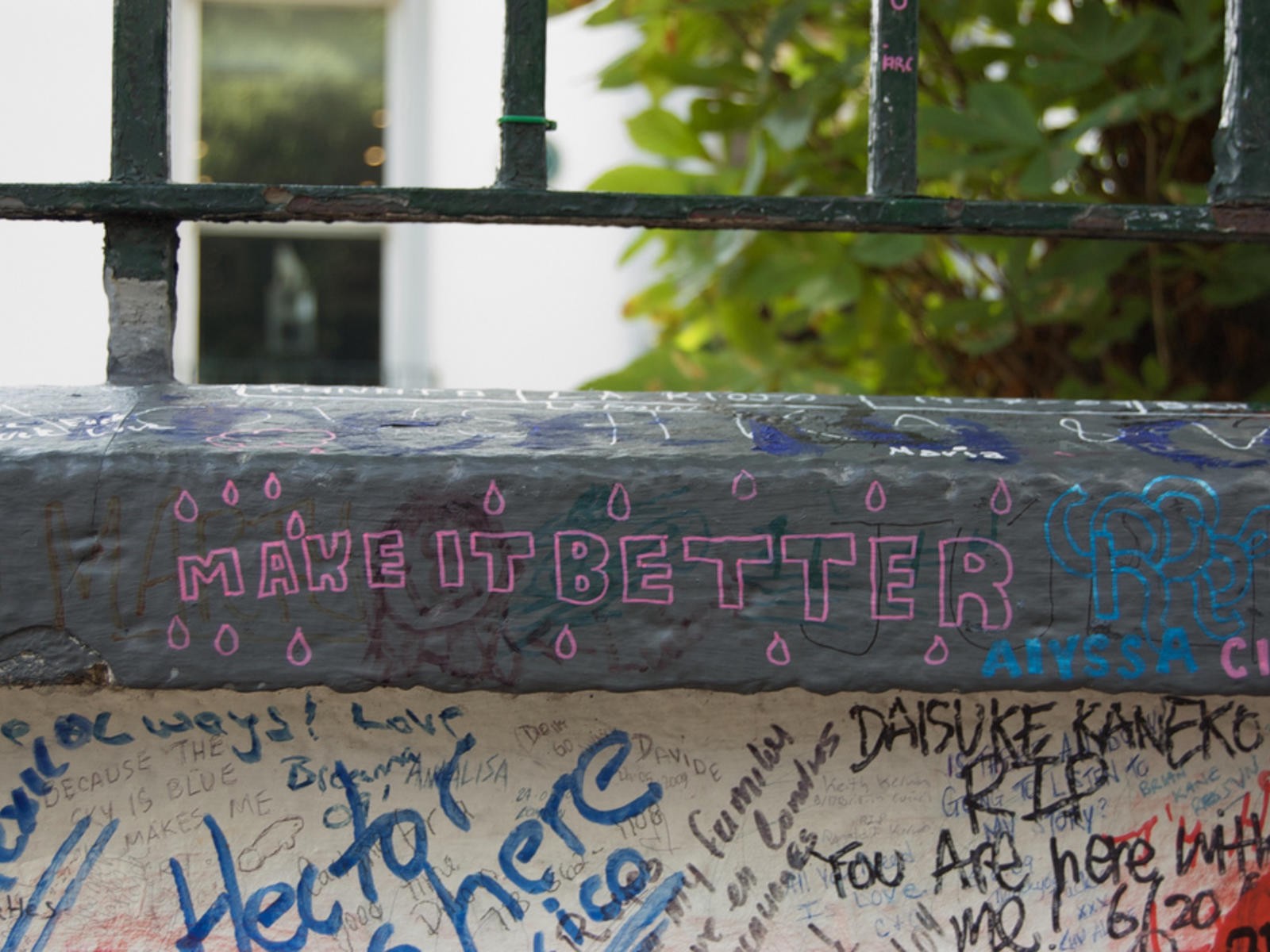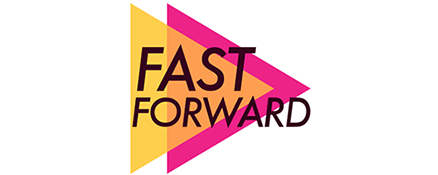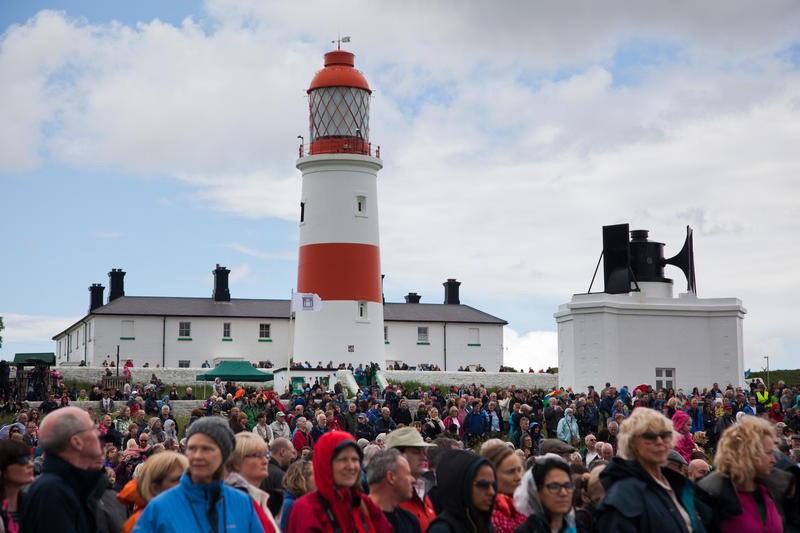

Some of the best musical instruments started life as something else. Here’s 10 great examples of musical reinvention.

1. Vegetables
A recorder from a carrot, a leek violin, a cucumberophone? The Vienna Vegetable Orchestra formed in 1998 and has been playing with its food ever since. The group ends its concerts by serving the audience soup made of the bits of vegetables left over from preparing instruments.

2. Railings
In 1996, public art group Greyworld tuned railings (without permission) in cities across Europe, so they played “The Girl from Ipanema” when you ran a stick along them. Many versions have disappeared, but some still remain. To find them, all you need is a stick.


3. Decommissioned weapons
Mexican artist Pedro Reyes likes to turn weapons into other objects. His “Palas por Pistolas” project melted down firearms to make shovels for planting trees. His “Disarm” and “Imagine” projects both took the remnants of weapons seized by the Mexican army and made music. Phyiscally they still look like guns but sound quite different.

4. Bridges
Bridges are often designed to be visually arresting, more than just a way to get from one place to another. Artist Jodi Rose is inspired by their sound qualities, too, turning them into urban sonic sculpture, using the cables as musical instruments. Her Soundcloud account includes compositions built of bridges from Australia to Sweden.


5. Lost and found
Initally a project to mark the 40th anniversary of the Brighton Festival, see how this performance by the Lost and Found Orchestra uses everything from traffic cones to water-cooler bottles and bits of piping.

6. Foghorn
In the summer of 2013, to mark the passing of the sound of the foghorn from the U.K.’s coast, three brass bands, 50 ships at sea, and the Souter Lighthouse Foghorn collected together to play a specially commissioned “Foghorn Requiem” (the seagulls improvised).


7. Landfill
The film Landfillharmonic follows a youth orchestra from Cateura, Paraguay, whose instruments are fashioned from landfill. It’s a story of inequality and waste as much as musical skill and invention, but truly amazing.

8. Pig
Matthew Herbert’s 2011 work One Pig tracks the life of a pig, via sound, from its birth on a farm to its slaughter 25 weeks later. As might be expected, PETA weren’t impressed, but Herbert argues that one of the goals of the project is “to reveal, through music, a reality of everyday life that people often wish to remain hidden.”

9. Turntable
Although the use of a turntable to make music–not just play it–can be traced back to tinkerers of the 1930s, it was hip-hop artists of the 1970s, 80s, and 90s that really established it as the massively influential instrument we know today.

10. The bins outside Abbey Road studios
I have a childhood memory of my dad–who orchestrated film scores and was especially geeky about percussion–coming home from a day at Abbey Road studios excited about the particular noise one of the bins outside made if you hit it. I don’t know if he ever did manage to incorporate it into a score, but I’ve long thought the idea of turning Abbey Road studios itself into a musical instrument would be a fun project.


How We Get To Next was a magazine that explored the future of science, technology, and culture from 2014 to 2019. This article is part of our Fast Forward section, which examines the relationship between music and innovation. Click the logo to read more.
